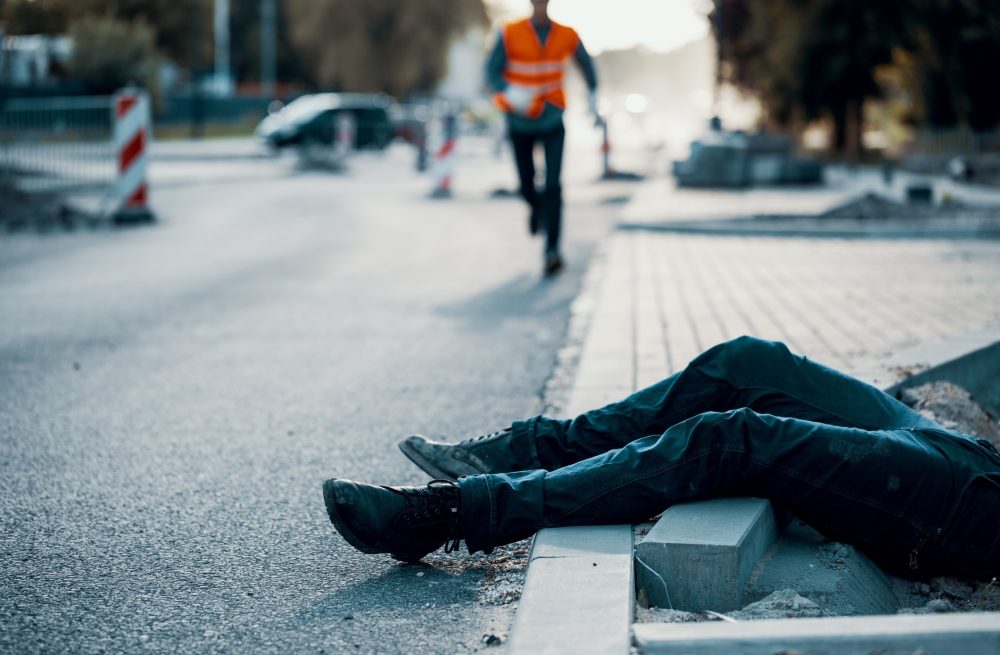In Cortes v. Garrard Construction Group, Inc., et al., the New Jersey Appellate Court held that the property owner, tenant, general contractor, and workers on a construction site could potentially be liable for the injury of a minor that occurred onsite. Two sixteen-year-old boys were walking around a shopping center and saw lights on inside the building under construction. They approached the building and trespassed onto the construction site, which was managed by Garrard Construction Group, Inc. and Holz and Henry, Inc. (“Defendants”). The boys walked inside, found a forklift, obtained access to the keys, and began playing on the machine. One of the boys fell off and his leg was crushed, requiring amputation. The parents of the injured teen (“Plaintiffs”) sued the Defendants identified above, among others, for failure to exercise due care when they left the construction site open and unsecured.
In order to establish a claim in this situation, a plaintiff is required to show that “the place where the [construction site] exists is one upon which the possessor knows or has reason to know that children are likely to trespass.” The trial court determined there was no evidence indicating Defendants had any knowledge or reason to believe that there would be children trespassing on the site, and therefore, Plaintiffs did not meet their burden.
Moreover, the Appellate Court clarified that the function of the trial court was not to “weigh evidence and determine the truth,” but to decide if “there is a genuine issue for trial.” The Appellate Court overturned the trial court’s decision, concluding that genuine issues of fact did indeed exist regarding whether Defendants had reason to know that the trespass might occur. Under the law, a person has “reason to know” that children might trespass in a situation where the trespass is “reasonably foreseeable.”
There are several reasons why it was reasonably foreseeable that children would trespass on the construction site managed by Defendants. No plastic covering was blocking the entrance into the site, and the property was easily accessible. There were “Keep Out” signs surrounding part of the building, but not the entire site. There were residential neighborhoods and an active shopping mall within walking distance of the construction site. Defendant’s safety manual specifically stated that safeguards should be put up for children because children do not view construction grounds as hazardous – they view it as a place to play. Plaintiff and his friend actually testified that they were there for entertainment purposes on the date of the incident. Based on this evidence, the Appellate Court held that a reasonable factfinder could conclude that Defendants had reason to know minors might trespass on the property.
Developers and construction companies are generally required to take precautions securing their work sites. If you or your child was involved in a personal injury matter, consider whether the property owner took appropriate precautions in securing unsafe areas, particularly if the areas were easily accessible to the general public.
Please contact Ward, Shindle & Hall if you have additional questions regarding the Cortes case, personal injury claims, or any other legal matter. We offer free consultations.

